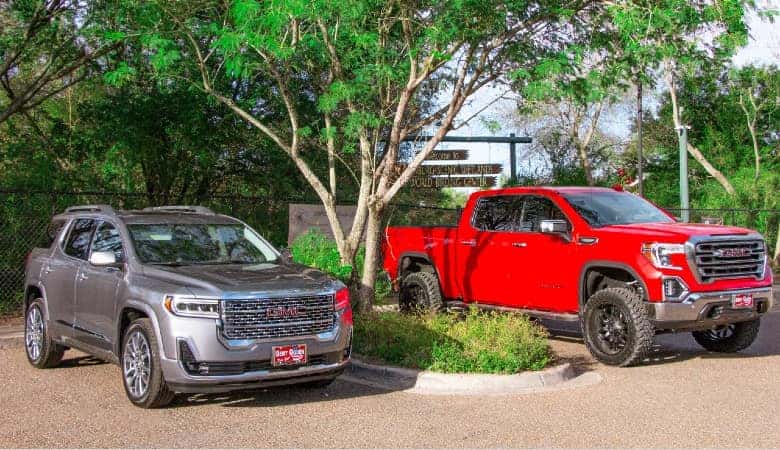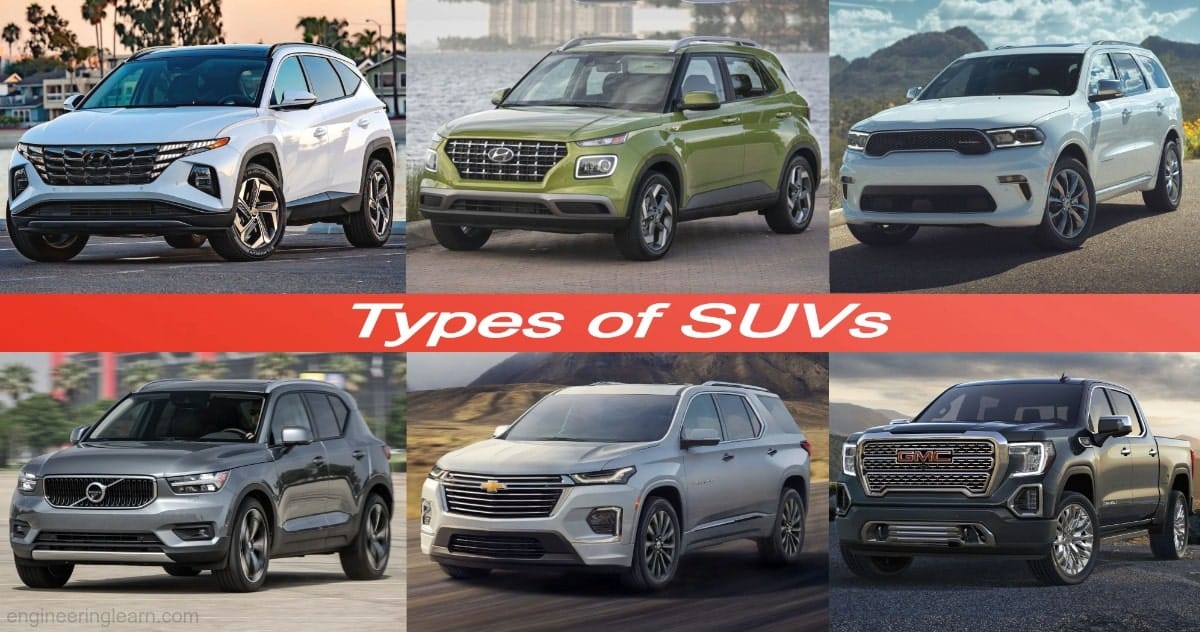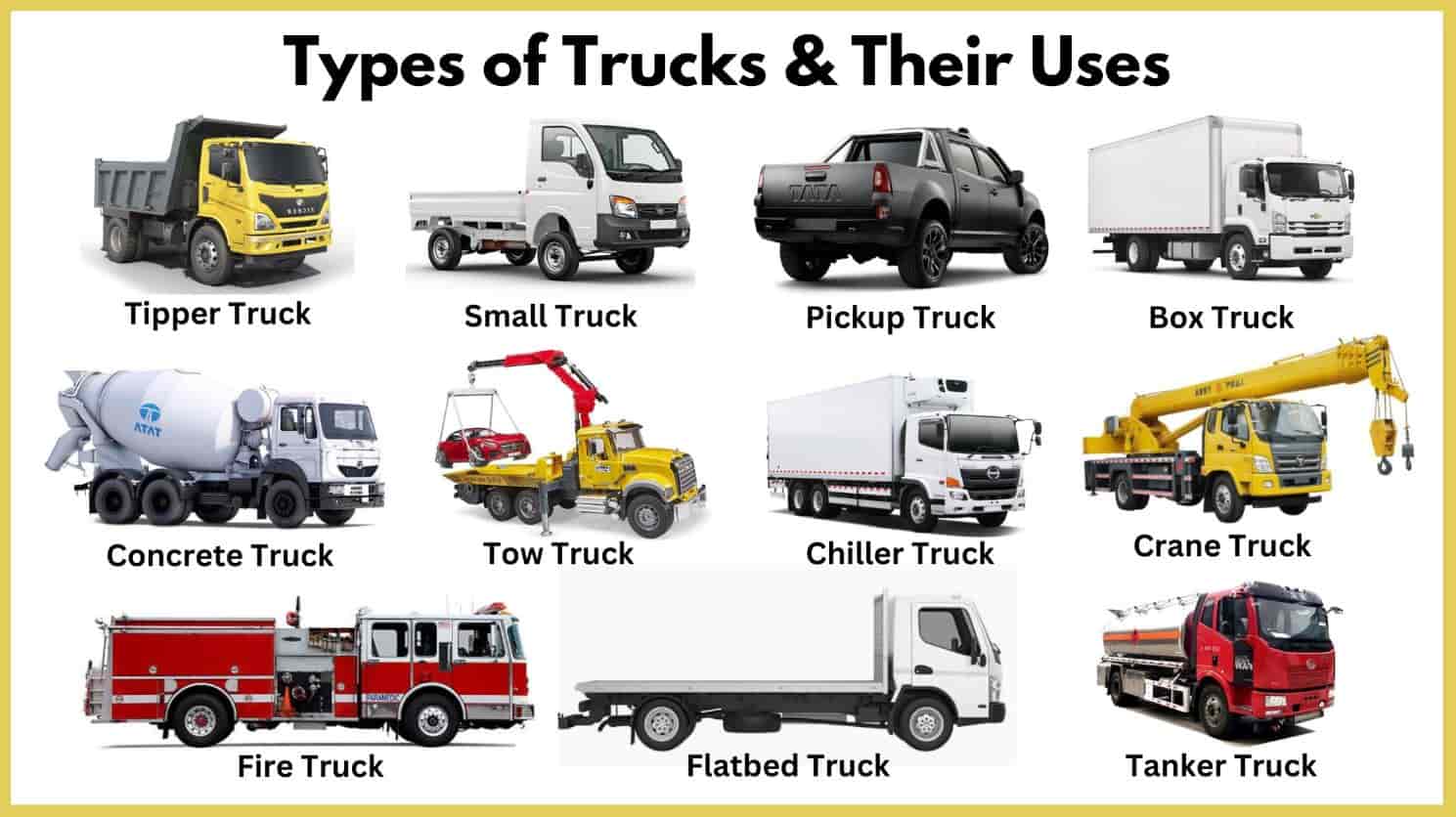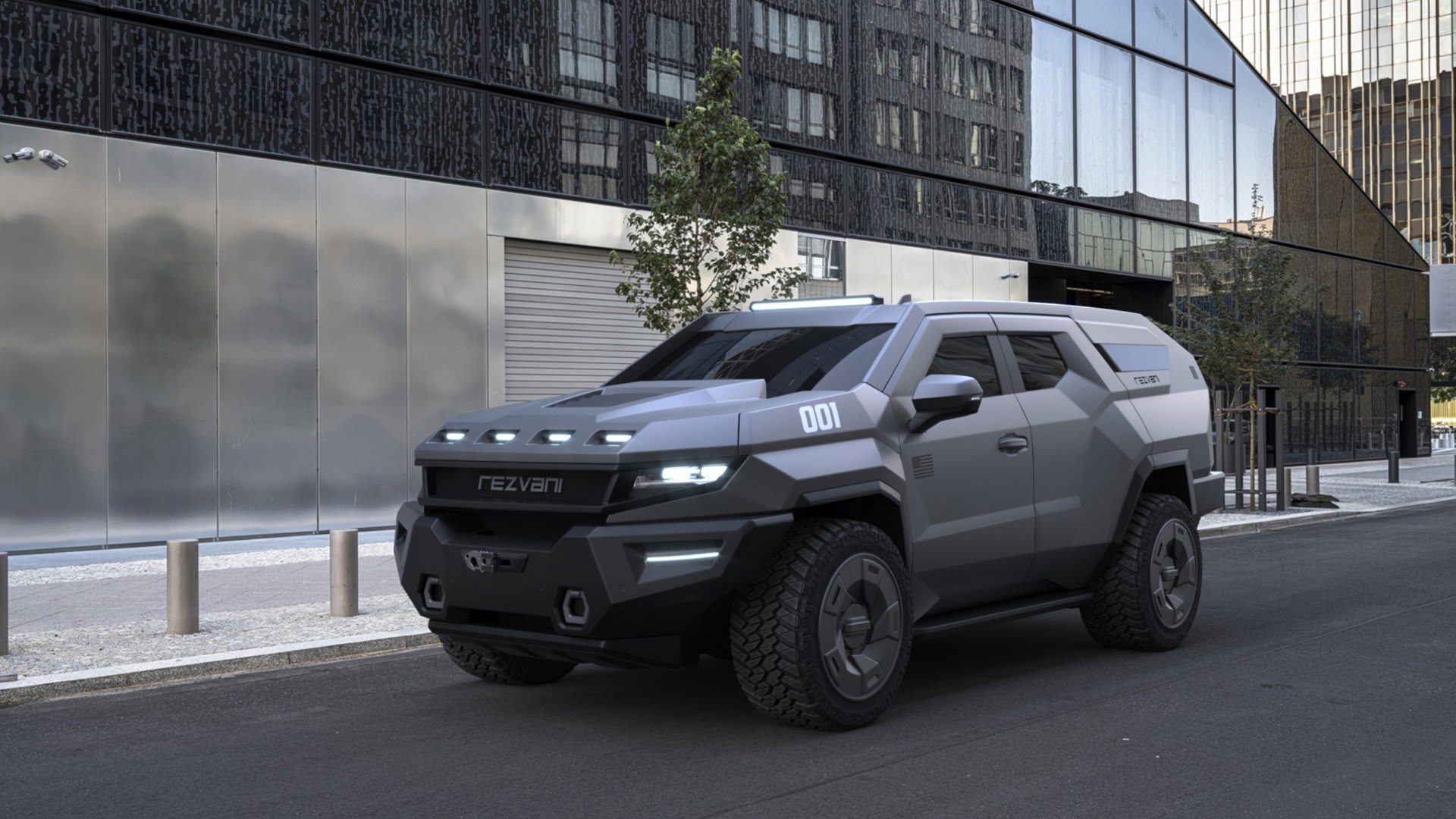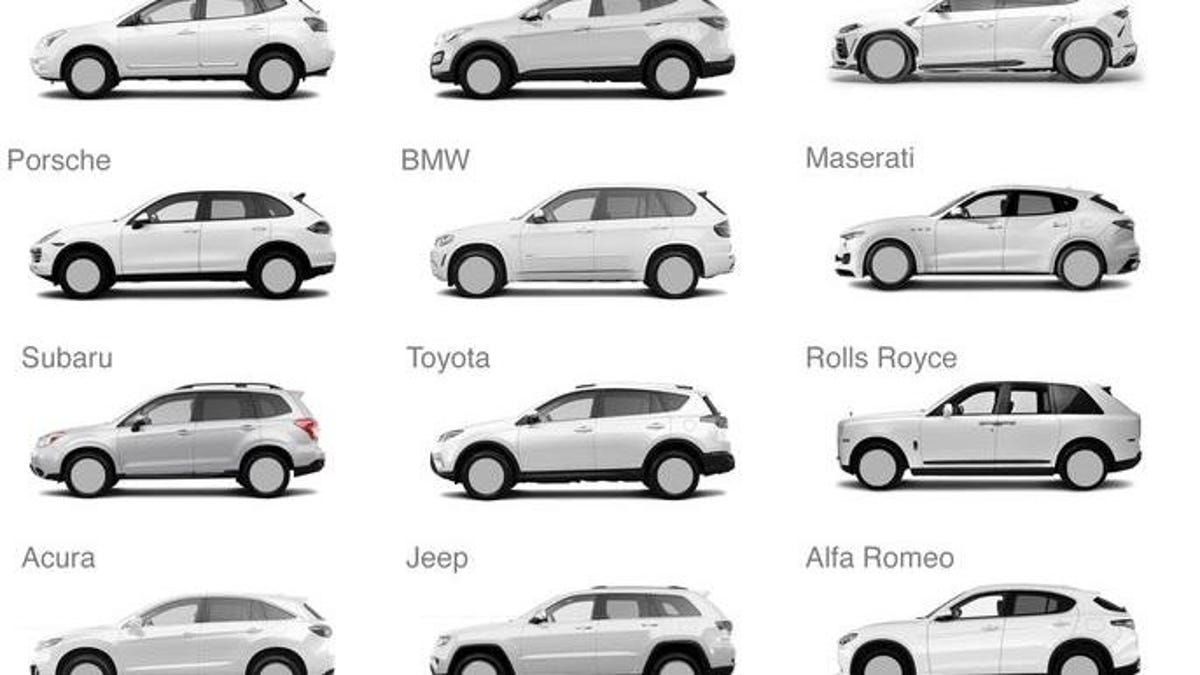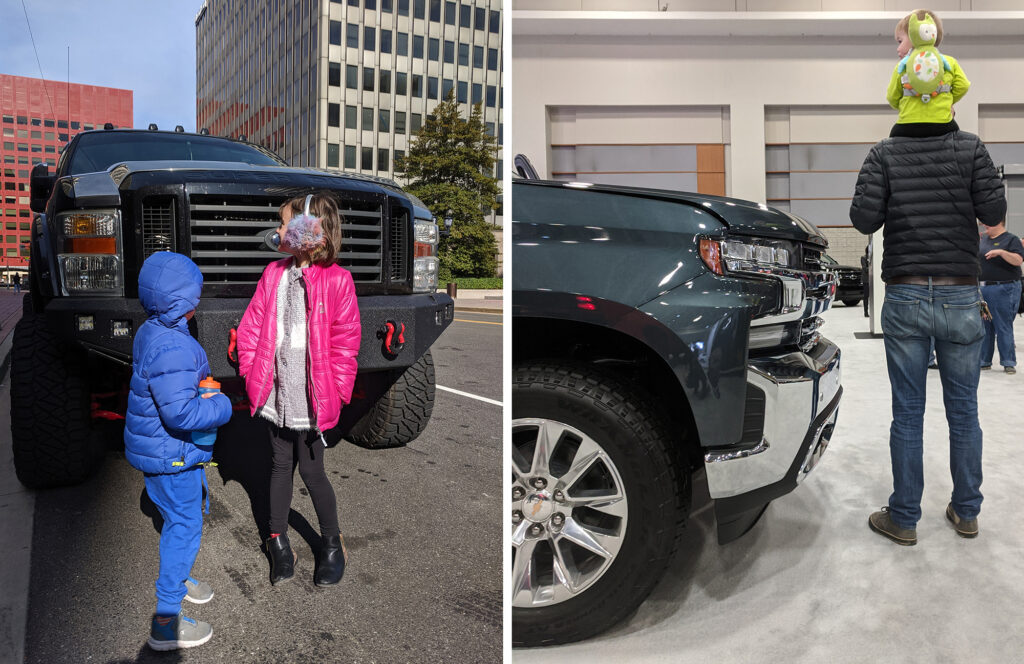Why Do People Call Suvs Trucks
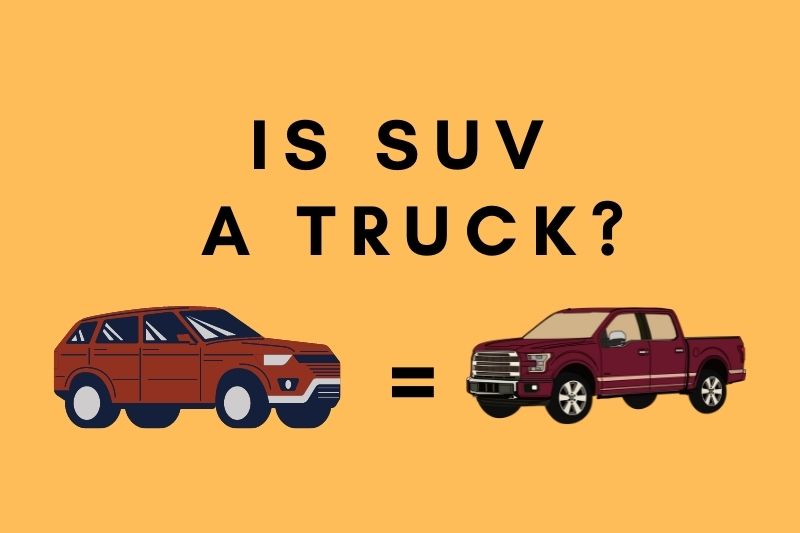
The debate flares up at every gas station, every parking lot, every casual conversation about cars: is a sport utility vehicle (SUV) a truck? The answer, seemingly simple, is anything but. For many, the terms are interchangeable, while for others, the suggestion is automotive blasphemy. The blurring of lines between SUVs and trucks reflects more than just semantics; it touches on vehicle design, regulatory classifications, and consumer perception.
At its core, the confusion arises from the shared heritage and evolving designs of these vehicles. While SUVs and trucks serve distinct purposes, they often share fundamental structural elements. This article dives into the reasons why people commonly refer to SUVs as trucks, exploring the historical context, engineering differences, regulatory classifications, and the influence of marketing on shaping public perception.
Historical Roots and Early Classifications
The modern SUV traces its ancestry back to vehicles designed for utility and off-road capability, traditionally associated with trucks. Early SUVs, like the Jeep Wagoneer, were built on truck chassis, providing robust construction and four-wheel drive systems. This shared foundation laid the groundwork for the initial association between SUVs and trucks.
During the mid-20th century, vehicle classification was primarily based on intended use. Trucks were designed for hauling cargo and rough terrain, while cars prioritized passenger comfort and on-road performance. The earliest SUVs were often categorized alongside trucks due to their similar ruggedness and cargo-carrying capacity.
Engineering and Design: A Shifting Landscape
While early SUVs were essentially truck-based, subsequent designs incorporated car-like features, blurring the lines of distinction. Body-on-frame construction, common in traditional trucks, involves attaching the body to a separate frame, enhancing durability and off-road capability. Many early and some current SUVs use this design.
However, many modern SUVs utilize unibody construction, where the body and frame are integrated into a single structure. This design enhances ride comfort, handling, and fuel efficiency, bringing SUVs closer to passenger cars in terms of driving dynamics.
The powertrain also contributes to the distinction. While both trucks and SUVs offer four-wheel drive, SUVs increasingly feature sophisticated traction control systems and car-like suspension, improving on-road performance. These engineering choices have led to a divergence in capabilities and performance, further complicating the classification debate.
Regulatory Definitions: The Government's Perspective
Government agencies, like the Environmental Protection Agency (EPA) and the National Highway Traffic Safety Administration (NHTSA), classify vehicles based on specific criteria for regulatory purposes. These classifications often differ from common usage and contribute to the ambiguity.
The EPA, for example, might classify some SUVs as light trucks for emissions and fuel economy standards. This categorization is based on factors like gross vehicle weight rating (GVWR) and cargo volume, not necessarily on the vehicle's overall design or intended use.
NHTSA also uses different classifications for safety regulations, potentially grouping SUVs with trucks based on rollover resistance and other safety features. These regulatory classifications can inadvertently reinforce the perception of SUVs as trucks, even when they share more design features with cars.
Marketing and Consumer Perception
Marketing campaigns play a significant role in shaping consumer perceptions of vehicles. Automakers often promote SUVs as rugged, capable vehicles, emphasizing their off-road abilities and towing capacity, reinforcing the truck association. Advertising is all about perception.
The terms "truck" and "SUV" evoke different images and emotional responses. "Truck" suggests toughness, reliability, and practicality, while "SUV" implies versatility, family-friendliness, and a sense of adventure. Marketing strategies often leverage these associations to appeal to specific customer segments.
Furthermore, the popularity of SUVs has led to a general blurring of the lines in the public consciousness. As SUVs have become ubiquitous on roads, the term "truck" has broadened to encompass a wider range of vehicles, including those that might technically be classified as SUVs.
Alternative Perspectives: Owner's Use and Cultural Context
Ultimately, whether someone considers an SUV a truck often depends on their intended use. Individuals who primarily use their SUVs for hauling cargo, towing trailers, or off-roading may naturally associate them with trucks. The user experience defines it.
Regional and cultural factors also influence perceptions. In some areas where pickup trucks are prevalent, SUVs may be viewed as a smaller, more versatile alternative, falling under the broader "truck" category. Local dialect plays a roll here.
Moreover, the term "truck" can be used colloquially to refer to any large vehicle. A colloquial definition of "truck" may be influenced by generations of informal usage, which can override technical or regulatory distinctions. This is just what people refer to them as.
Looking Ahead: The Future of Vehicle Classification
As automotive technology continues to evolve, the traditional distinctions between cars, trucks, and SUVs are likely to become even more blurred. Electric vehicles, for example, are challenging conventional notions of vehicle design and performance, requiring new classification systems. EVs force rethinking.
The rise of crossover SUVs, which blend features of both cars and SUVs, further complicates the issue. These vehicles often share a car-based platform but offer increased cargo space and a higher ride height, making them difficult to categorize definitively.
Ultimately, the debate over whether an SUV is a truck is unlikely to be resolved anytime soon. The answer depends on a complex interplay of historical context, engineering specifications, regulatory definitions, marketing strategies, and individual perceptions. As long as these factors remain fluid, the discussion will continue to fuel passionate debates at gas stations and beyond.


